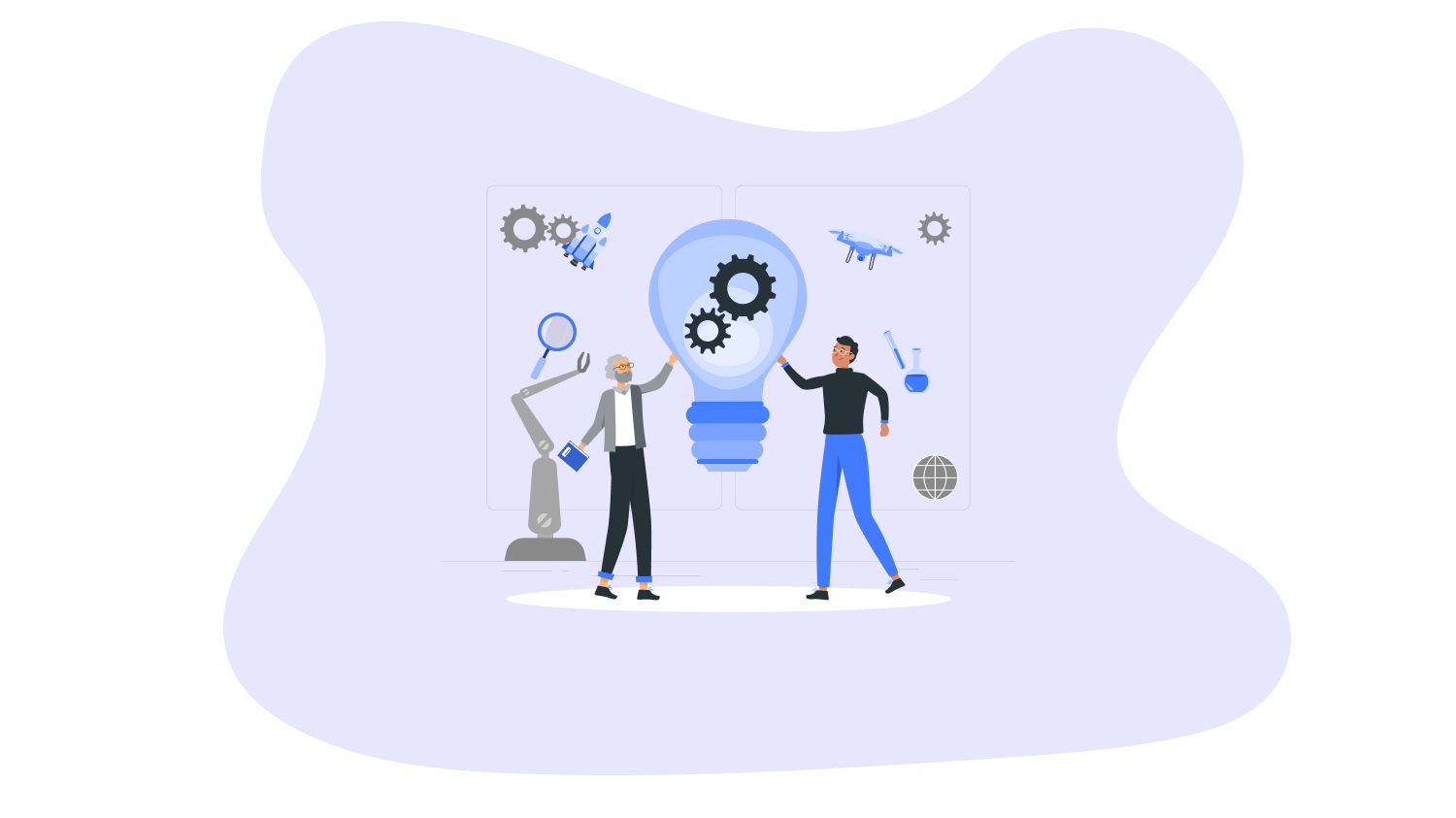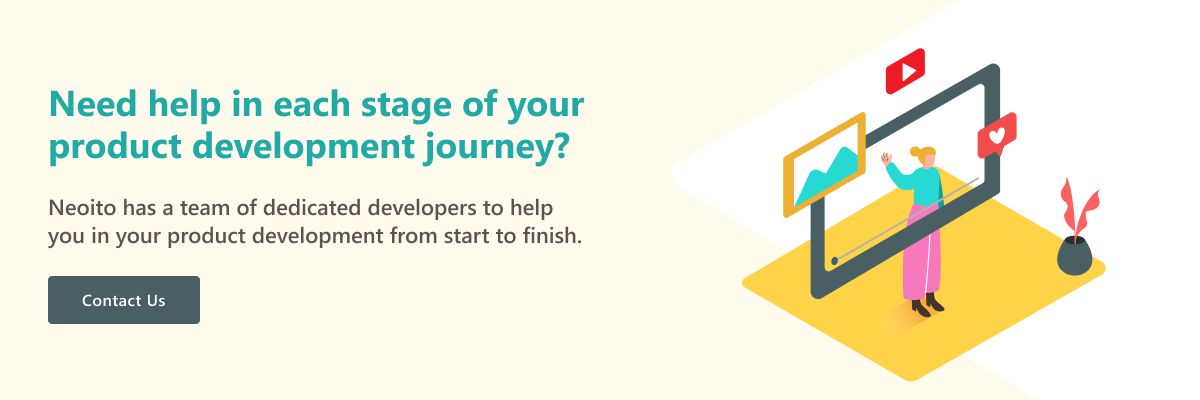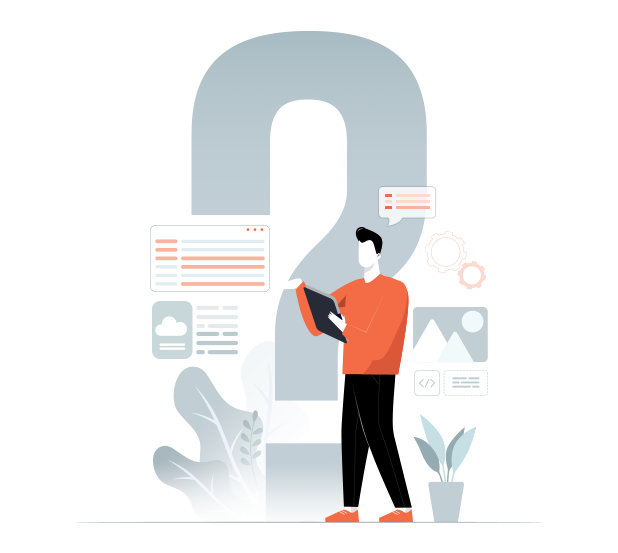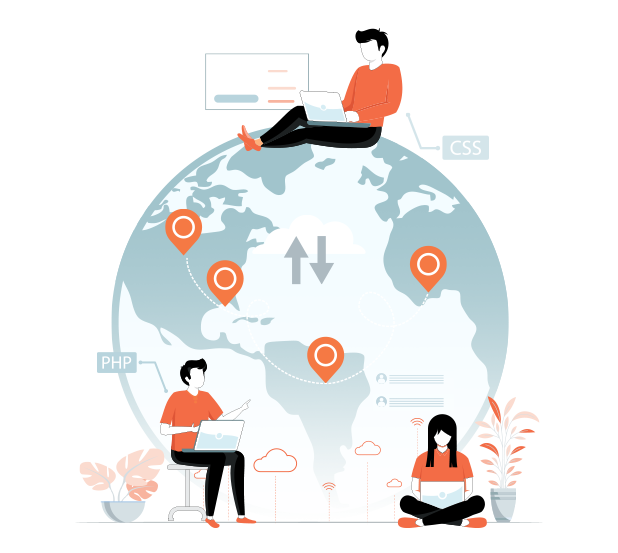What exactly is product development? First, we must address this question, and then we will jump into the product development process.
In simple words, product development is basically the whole affair of bringing a product idea or notion to life and the steps associated with it. It starts from the moment a product idea lightbulb starts glowing over the head of one of your ideation team members.
And covers all the processes till the sweat is wiped off the brow of your marketing manager after the aforementioned lightbulb has been translated to a tangible product that can start competing for user attention in your target marketplace.
For example, let us say someone on your team decides that developing an application that can help users improve their vocabulary of unusual words and train them to use interesting words in everyday conversation is a good idea for your business.
Then your product development cycle will start from the moment your team members voices aloud their idea, and it will end when your users can throw in fabulous new words like “supercalifragilisticexpialidocious” in casual conversations.
What exactly does the product do? What is its importance in the current marketplace? Will consumers accept it as one of their own immediately upon launch? If not, what marketing strategies can you put into practice to give your product visibility in the marketplace?
Now, we will move on to the product development processes. It is important to have a broad understanding of the 7 stages of a product development cycle, namely:
- Ideation
- Feasibility studies
- Design and development
- Testing and verification
- Validation and documentation
- Product Launch and Marketing
- Product evolution.
Let us explore each of these 7 steps in better detail to gain a thorough understanding of the product development cycle in any service sector business.
Ideation
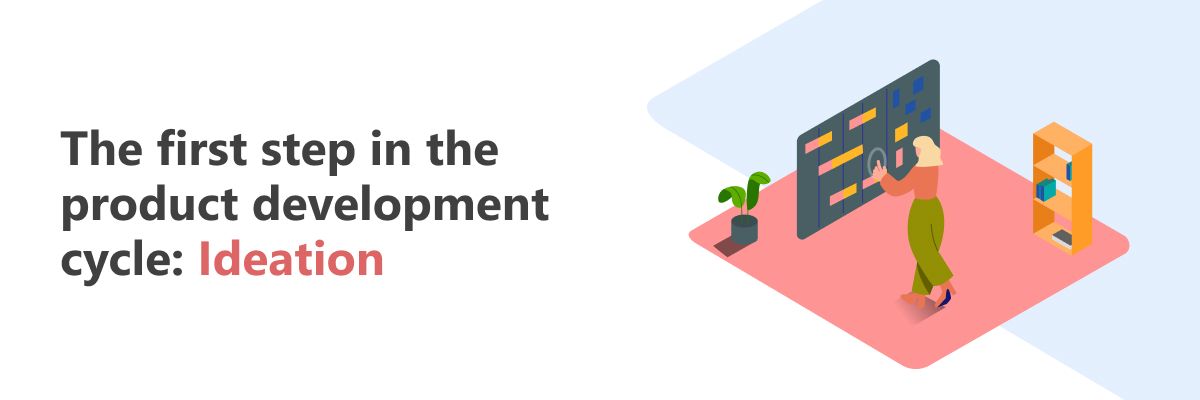
Ideation is essentially the first and foremost step in the product development cycle. It is through ideation that the development and subsequent sharing of potential product ideas first come about.
Expressible in written or verbal ways, ideation covers the chain of thoughts from conception to implementation. In this particular case, keeping the example we considered in mind, ideation would be happening when your team member thinks of the concept of adding a dash of fun to everyone’s mundane vocabulary.
As he ponders it more and more to decide whether it is a potential product, he begins to have a better picture of the scope of his idea. This is where the ideation team comes in with innovative ideas and brainstorming sessions to improve the initial product idea into a more streamlined one tested for market potential.
It falls to the ideation team to keep abreast of the latest consumer and market trends so that they can understand the direction in which the original idea must be developed in order to achieve its full potential once it hits the marketplace and starts vying for attention from users of similar products or services.
Take a look at the 7 Best Profitable Tech Startup Ideas to watch for in 2021.
Feasibility Studies
So you have an idea that you think could be a million-dollar one. And you have already run it past your ideation team for whetting purposes and they have also given the green light after agreeing that the idea is brilliant and has potential.
The next step would be to find out just how much potential your idea has as a finished product. In order to assess the feasibility of your idea being transformed into a minimum viable product, you need to engage in a SWOT analysis, which is a strategic planning technique used to identify key factors while planning a business or strategising. SWOT here stands for Strengths, Weaknesses, Opportunity, and Threats, and well-performed SWOT analysis is the basic foundation of any new product.
SWOT analysis studies help you with multiple aspects of the project and gives you a small insight about how well or badly the product may fare in the marketplace. Identifying your product’s strengths will help you understand the product’s merits on a deeper level, which will, in turn, help you fine-tune your product idea.
Spotting the weaknesses in your potential product will help you rectify these problems on a grassroots level before they escalate in the middle of the product development cycle.
Meanwhile, recognizing the opportunities for your product to thrive in a competitive marketplace will help you understand your product target audiences. Also, analysing the threats will help you put risk management solutions in place to mitigate any adversities that might arise in the future.
Do you know, What is the Average App Development Cost in 2021?
Design and Development
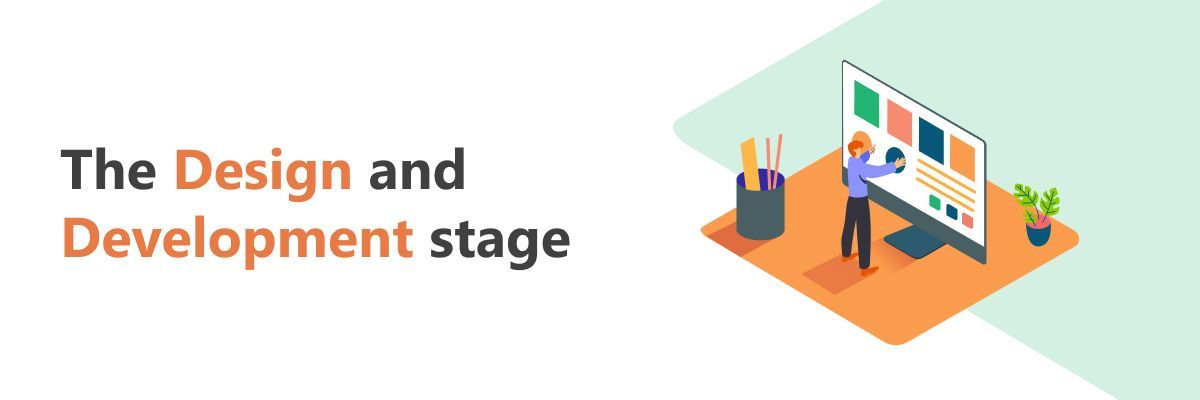
Once the product idea withstands the SWOT analysis, the next step is designing the product and the consequent development of the product prototype. The design process involves numerous iterations while your design team discusses innovative ways of solving your users’ problems and polishes the product idea to the best version it can be.
Considering our example, this is the stage where someone will probably suggest adding a chatbot to make the user experience more interactive or explain why it is essential to have assessment tools like tests and quizzes at the end of each learning module.
During the product design stage, not only are market requirements and niche demands of consumers addressed but due consideration is also given to understanding the end-user so as to figure out what makes them tick.
At the end of the day, you’re creating a product that will benefit your end-user and make their life easier. The initial iterations will help you set final specifications for your product, and then comes the prototype creation, wherein a beta version of your product is created for testing purposes.
Also Read: 9 Best Strategies to Optimize Innovation in Product Development.
Testing and Verification
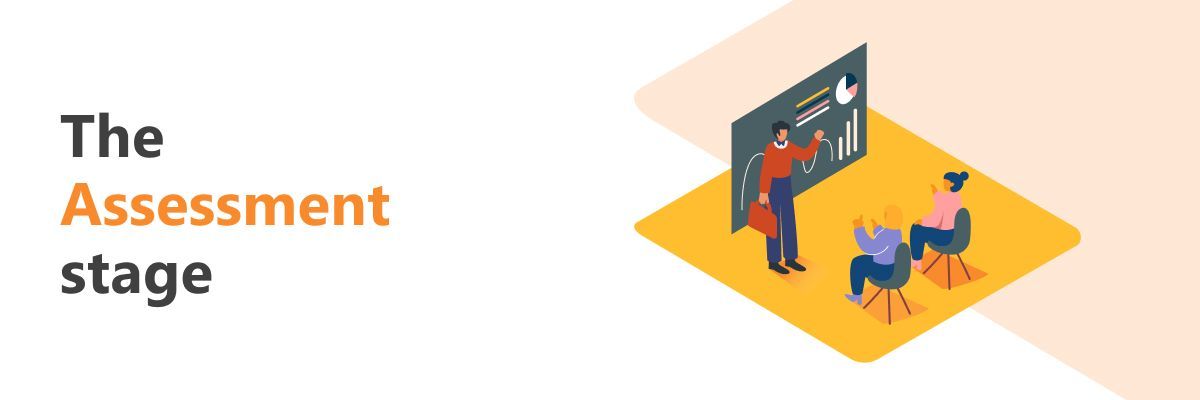
Now, this is one of the most crucial parts of the product development process. It’s the stage where you’ll finally know how good your product turned out to be and whether it is ready to take the marketplace by storm!
In this phase, you’ll be able to assess if you built your product according to the product specifications that were set in place and test it to see if all the functionalities are running smoothly. This way, you know you are putting your best foot forward when you launch your product, and you leave no room for your end-users to raise concerns.
As you test your product prototype for performance, you will come across all the bugs and fixes that need to be addressed by your development team. You will also be able to understand how your product functions in a live environment in detail and be able to suggest modifications for optimization.
This is the stage where your team’s eye for detail is put to the test as each component of the product is tested vigorously under strict guidelines so that your finished product will only serve to delight customers and not dismay them.
Validation and Documentation
So, you fixed the bugs. Your development team is planning their next vacation as you prepare to move to the next part of your product development process: the validation and documentation.
Documentation is an important aspect of any product development as it helps you keep track of the evolution of the product from scratch to finish. It doesn’t matter how big or small any new development is; it must be documented under proper time sequences so that any data pertaining to the product is always easily accessible later.
Documentation is especially vital in a dynamic work environment where ideas change, and even team members come and go over the course of a product development cycle. Suppose all your product information is noted down in detail and tucked away safely for future reference.
In that case, your product will not really depend on any one person or group of persons as new team members can take over with ease after referring to the documentation describing the products’ life cycle. Remember, no detail is too small, so make it a point to document everything.
Also Read : How to Scale Your Startup – 4 Important Tips to Grow Your Business
Product Launch and Marketing:
Finally, let us say that your product has passed all the gruelling stages of testing, and you feel that you have a pretty solid product to launch on your targeted marketplace. How do you go about launching your finished product? You need to consider various factors such as your target audience, the demands of your marketplace, and your competition.
This will help you come up with a product launch path, which is important for a successful launch. Keep in mind that the product launch path differs from company to company, so you will have to invest some time to come up with a launch path that aligns well with your organisational goals.
After you define your product launch path and launch your product to the world, you can move to the marketing aspect of your product cycle. You need to promote your product so that it is visible to your target audience.
Let the world know that you have a product that will make their lives easier and in this case, enrich their vocabulary with unusual words. You need to market your product the right way to reach the right audience who will be receptive to your product idea.
For example, there would be little to no point in marketing your vocabulary app to mathematicians; it is the English professors’ lounges that you need to flood with great advertising that showcases the unique selling points of your product.
In order to make sure your marketing strategies are successful, you will also need to indulge in thorough market research and competitor analysis to figure out what to promote to stand out from your competition and where to promote it to increase your reach. Basically, your product visibility is critical here. No matter how great your product is, you will be hard-pressed to promote it if the product visibility is low.
And even as your product is being marketed and launched, it is important to continue testing it for weaknesses and making copious documentation of the results. And then, voila! You’re almost at the end of your product development journey, and on your way to carving out a spot for your company at the top of your industry!
Product Evolution
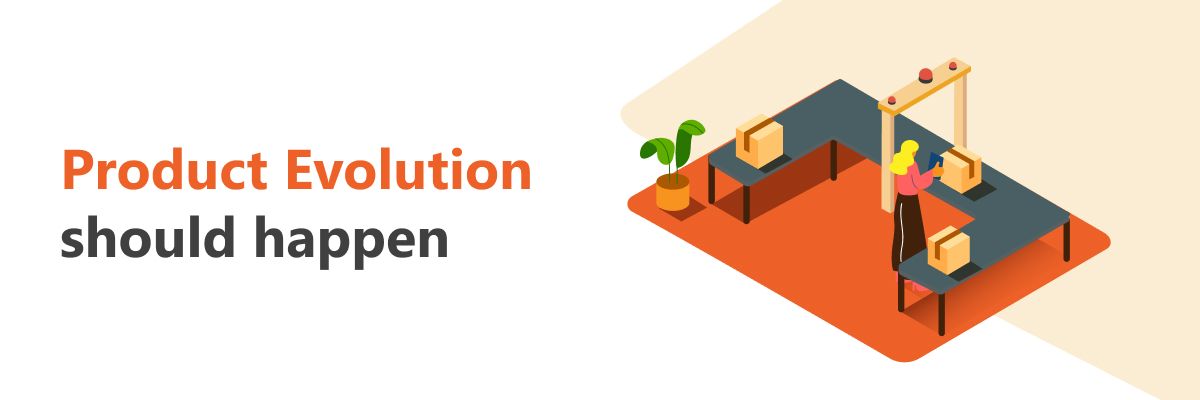
You never finish your work if you wish to keep your product fresh on everyone’s minds, even as the years pass. To stay relevant in an ever-changing marketplace, it is imperative to stay updated with the latest developments in your industry and in connected verticals so that you can explore all the options of updating and improving your product as and when the demands or opportunities arise.
Product evolution can truly happen only if your team is kept on their toes and thinks outside the box. You must also have the drive to push your products to greater heights and stay not one, but several steps ahead of your competition. And to facilitate such out-of-the-box thinking, you will need to be well versed with the intricacies of your product.
A product evolves more and more as people talk about it, so you should facilitate open communication about the product’s current standing and the possibilities of improving it within your team and between your team and your end users through continuous feedback loop mechanisms.
Suggested Read: How to Find the Right Technical Support for Your Product Development [Practical Steps].
Conclusion
The product development process is an intricate one with many nuances that will ultimately influence the fate of your product in the marketplace. While each step in this process is standalone, they need to come together in harmony to help formulate the final product and keep adding value to it over the years to keep it relevant.
In fact, your whole team needs to be fully involved in every step of the product development process, even when it is not their time to contribute. So that the knowledge thus gained will help you get better and faster results.
While the product development cycle is no child’s play and needs to be vigilantly supervised, throughout, it can be very rewarding in the end if it is done the right way. It is not merely about the satisfaction of having launched a wonderful product that will make lives easier or more productive, but also the amount of hard work and dedication that goes into perfecting each detail of your final product.
